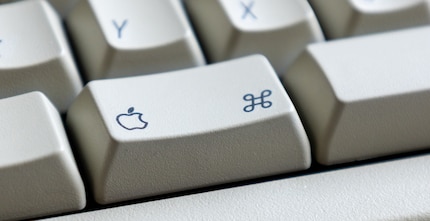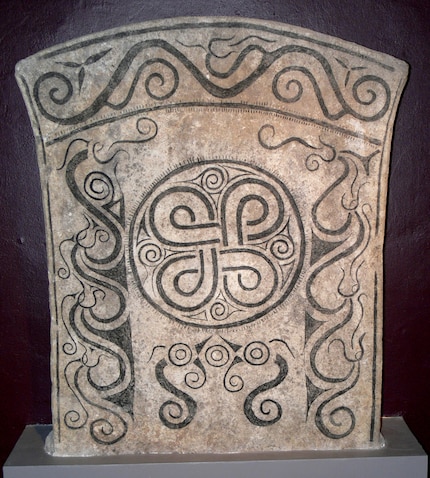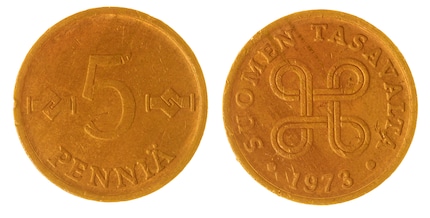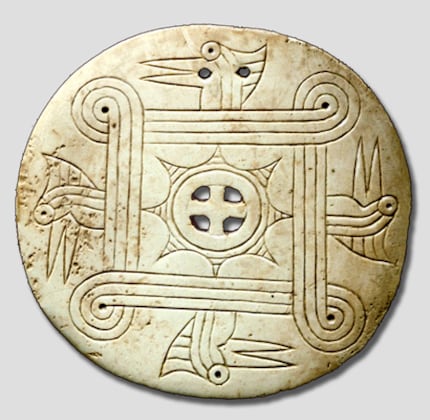
Background information
Take a Byte Episode 18: Apple has gambled too high
by Florian Bodoky

Mac users will be very familiar with this symbol: it’s the shortcut key. But why does it look like this?
Apple’s used the ⌘ key as a shortcut symbol since 1984. It was introduced with the Apple Macintosh. Apple’s earlier computers also had a command key, but it featured an apple symbol.
That’s why old Mac keyboards had an apple next to the looped square. Today, the key reads «command».

Why was the apple replaced by this strange symbol? It’s related to the introduction of graphical menus. If a menu command has a keyboard shortcut, it’s displayed in the menu. This would’ve resulted in every menu being full of apples. Steve Jobs found this unsightly and wanted to stop using the Apple logo as a symbol for keyboard shortcuts. Something else was needed.
The introduction of the looped square symbol goes back to Apple designer Susan Kare. Like so many things from the early days of Macintosh – such as the smiling and crying Mac, the infamous «bomb» symbol during a system crash or system fonts Geneva and Chicago – Kare discovered the ⌘ symbol in a symbol dictionary. It’s been known to mankind since ancient times. However, because it wasn’t widely used, it was easy for Apple to give the symbol a new meaning.
The oldest evidence of the looped square comes from Northern Europe. A roughly 1,500-year-old picture stone from the Swedish island of Gotland shows the symbol front and centre. It’s not a written character and maybe not even a symbol; it’s decorative with no known meaning.

Today, though, the symbol has a meaning in Sweden and other Nordic countries that derives from its ancient decorative roots. It’s used to designate historical sites and other points of interest. This means Unicode tables list the symbol as a «place of interest sign» rather than the Apple command key.
In Finland, a piece of an approximately 1,000-year-old ski was discovered with a similar symbol carved into it. It was believed to protect against misfortune and evil spirits. Finnish five-pfennig coins minted between 1963 and 1979 also bear this symbol.

Similar symbols also existed in other historical cultures. The Bowen knot symbolises an endless rope with four loops. It’s named after Welshman James Bowen, who died in 1629. Family crests featuring a looped square are fairly common in British coats of arms.
The symbol also appears in indigenous Mississippian culture. Various shell jewellery dating from 1250 to 1450 has been preserved, often depicting a sun within a looped square, surrounded by four bird heads.

⌘ Q
My interest in IT and writing landed me in tech journalism early on (2000). I want to know how we can use technology without being used. Outside of the office, I’m a keen musician who makes up for lacking talent with excessive enthusiasm.
Interesting facts about products, behind-the-scenes looks at manufacturers and deep-dives on interesting people.
Show all